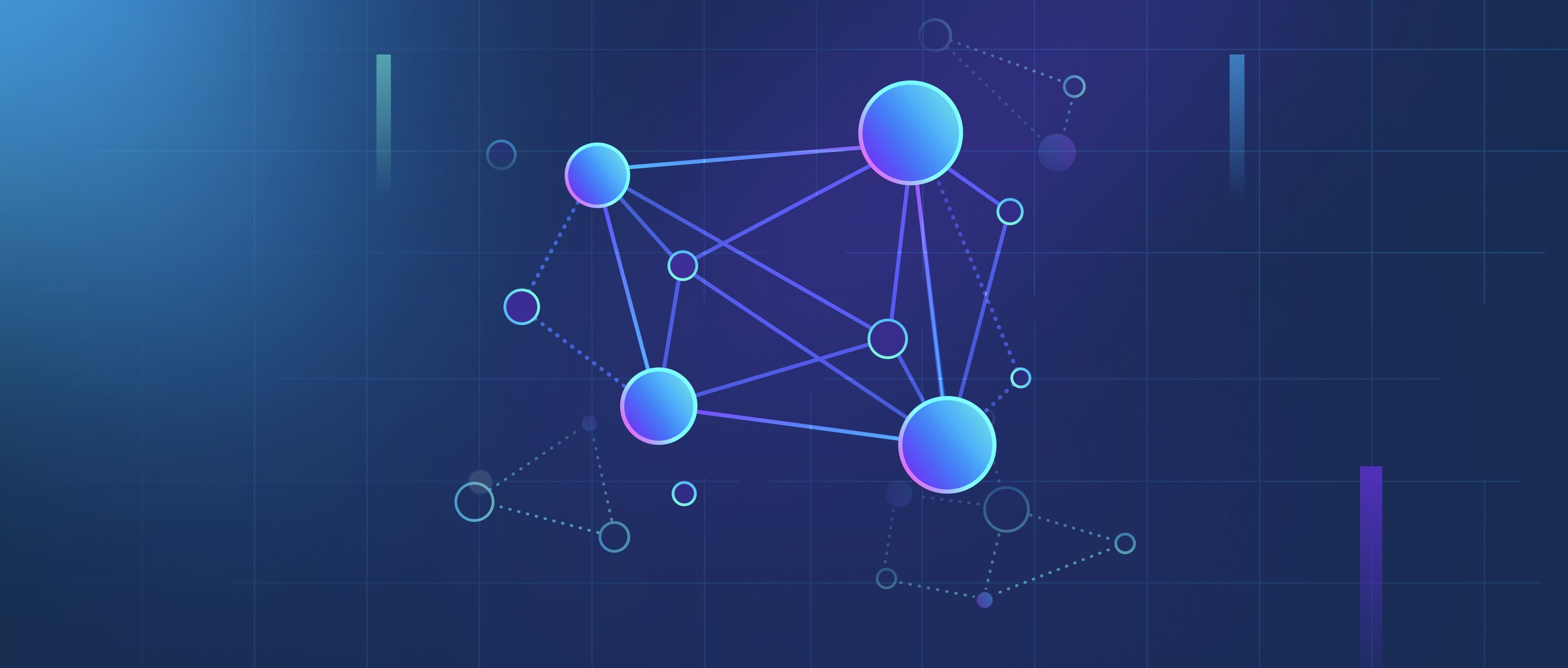AI in healthcare relies on a variety of specialized tools and technologies for different tasks. For image analysis and diagnostics, tools like TensorFlow, Keras, and PyTorch are often used to train and deploy deep learning models, particularly Convolutional Neural Networks (CNNs), for tasks such as image segmentation, classification, and detection in medical images (e.g., X-rays, MRIs). OpenCV is also commonly used for processing and manipulating medical images. For natural language processing (NLP), tools like spaCy and NLTK are used to analyze clinical text data, such as patient records or research papers. Another crucial tool is IBM Watson Health, which offers AI-driven solutions to assist with diagnostics, personalized treatment recommendations, and predictive analytics. For predictive modeling and decision support, platforms like Google Cloud AI and Microsoft Azure AI provide pre-built models and infrastructure to process medical data at scale. For data management, FHIR (Fast Healthcare Interoperability Resources) standards and HL7 protocols are commonly used to integrate, store, and share healthcare data. These tools, combined with medical expertise, help healthcare providers deliver more accurate diagnoses and personalized treatments.
What are the specific tools used in AI for healthcare?

- Getting Started with Zilliz Cloud
- AI & Machine Learning
- The Definitive Guide to Building RAG Apps with LangChain
- GenAI Ecosystem
- Master Video AI
- All learn series →
Recommended AI Learn Series
VectorDB for GenAI Apps
Zilliz Cloud is a managed vector database perfect for building GenAI applications.
Try Zilliz Cloud for FreeKeep Reading
What is human-centered design, and why is it important in AR?
Human-centered design (HCD) is a creative approach to product development that focuses on understanding the needs, behav
Can LLM guardrails prevent harassment or hate speech?
Yes, LLM guardrails can help prevent harassment and hate speech by incorporating comprehensive monitoring systems design
How are guardrails applied in financial services using LLMs?
In financial services, guardrails play a critical role in ensuring that LLMs produce accurate, compliant, and secure con